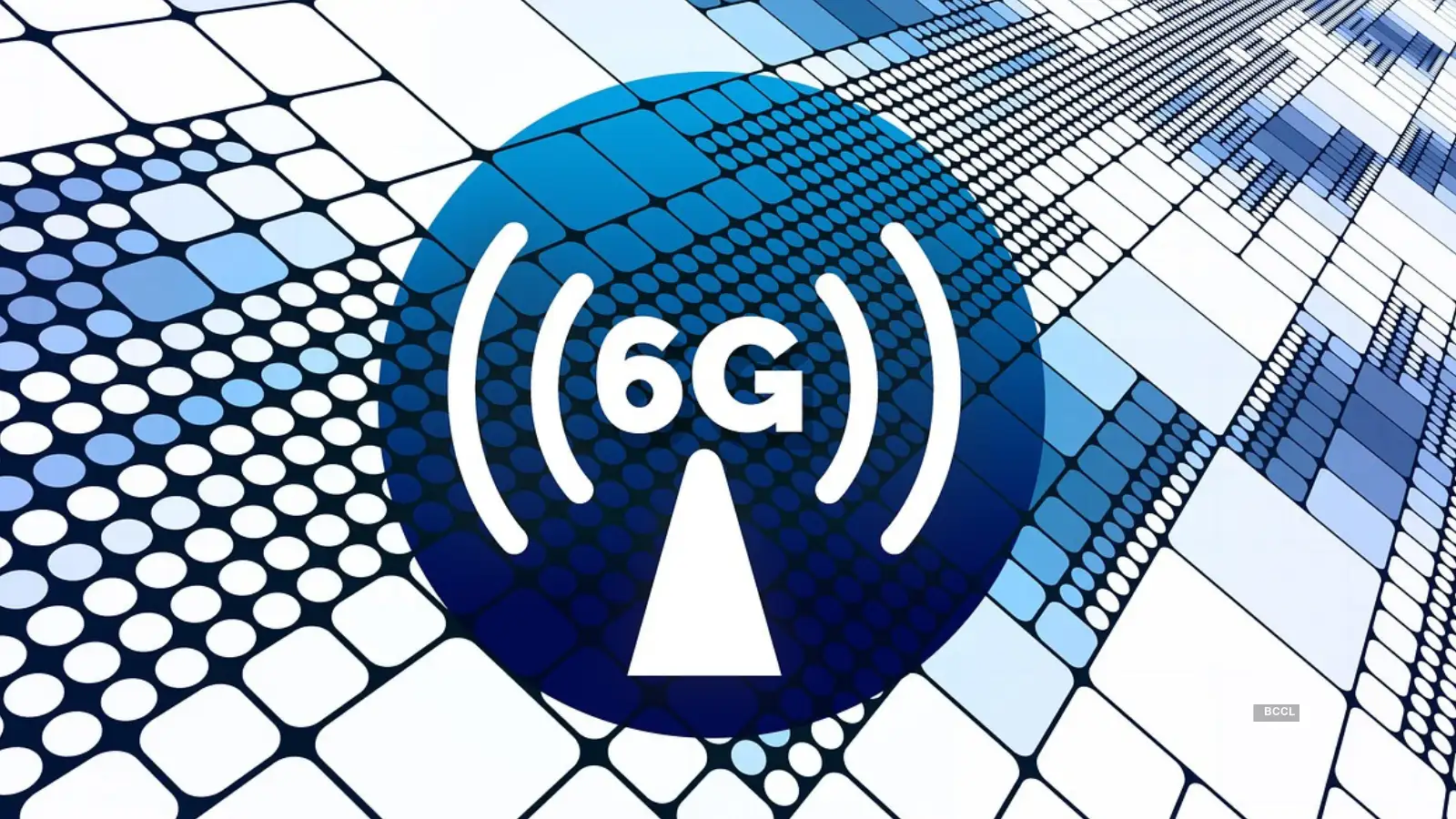Government Proposes Draft Regulations to Delicense Lower Segment of Six Industries

The Indian government has proposed new draft rules aimed at delicensing a portion of the 6 GHz frequency band for unlicensed indoor use. This initiative, which covers the 5925–6425 MHz range, is designed to facilitate the deployment of next-generation Wi-Fi technologies and enhance data-heavy applications. By removing the need for authorization for certain low-power wireless systems, the government hopes to boost connectivity and support the growing demand for high-speed internet.
Details of the Draft Rules
The draft rules released by the Centre outline significant changes for wireless communication in India. Under the new regulations, no authorization or frequency assignment will be necessary for operating Low Power Indoor (LPI) and Very Low Power Outdoor (VLP) wireless systems. This includes radio local area networks, which can now be established on a non-interference and non-protection basis. The proposed power limit for LPI devices is set at 30 dBm, a notable reduction from the 53 dBm permitted in the 5 GHz band. This limitation aims to minimize interference with other devices.
Additionally, the draft imposes operational restrictions on the use of these devices. For instance, indoor use is prohibited on oil platforms, land vehicles, boats, and aircraft, except when flying above 10,000 feet. The draft also explicitly bans communication with drones and unmanned aerial systems, ensuring that safety and regulatory compliance are maintained.
Industry Reactions
The ITU-APT Foundation of India (IAFI) has expressed strong support for the draft, describing it as a “visionary” step that will enable unlicensed use of a crucial mid-band spectrum segment. Bharat Bhatia, President of IAFI, highlighted that this decision aligns India with over 100 countries that have already opened the 6 GHz band for similar uses, including the United States, the United Kingdom, and South Korea. The foundation emphasized that the 6 GHz band is free from the congestion issues that plague the 2.4 GHz and 5 GHz bands, making it essential for accommodating the increasing demand for bandwidth driven by applications like 4K streaming, augmented and virtual reality, and high-resolution video conferencing.
IAFI also noted that Wi-Fi 6E, which operates in this newly delicensed band, can deliver speeds of up to 9.6 Gbps, significantly enhancing user experience and productivity.
Concerns Over Limited Delicensing
While the draft notification has been welcomed, the Broadband India Forum (BIF) cautioned that delicensing only a portion of the band may not fully unlock its potential. BIF President TV Ramachandran pointed out that merely a fraction of the band cannot deliver the comprehensive impact desired. He described the draft as a crucial first step toward India’s digital transformation but stressed the need for additional spectrum to be delicensed.
Ramachandran suggested that expanding the delicensed portion by an additional 160 MHz would allow for broader deployment of Wi-Fi 6E and Wi-Fi 7 technologies. He emphasized that a sufficient amount of delicensed spectrum is necessary to support next-generation technologies, which are vital for enhancing connectivity in various sectors, including education, healthcare, and smart city initiatives.
The Path Forward
The proposed delicensing of the 6 GHz band represents a significant milestone in India’s efforts to improve digital infrastructure. As the country moves toward a more connected future, the government’s initiative could serve as a foundation for delivering affordable, high-speed, and low-latency connectivity. This is particularly important for realizing the vision of a developed India, or “Viksit Bharat,” where advanced technologies can transform everyday life and drive economic growth. The ongoing discussions and potential adjustments to the draft rules will be crucial in ensuring that the full benefits of the 6 GHz band can be realized in the near future.
Observer Voice is the one stop site for National, International news, Sports, Editor’s Choice, Art/culture contents, Quotes and much more. We also cover historical contents. Historical contents includes World History, Indian History, and what happened today. The website also covers Entertainment across the India and World.

